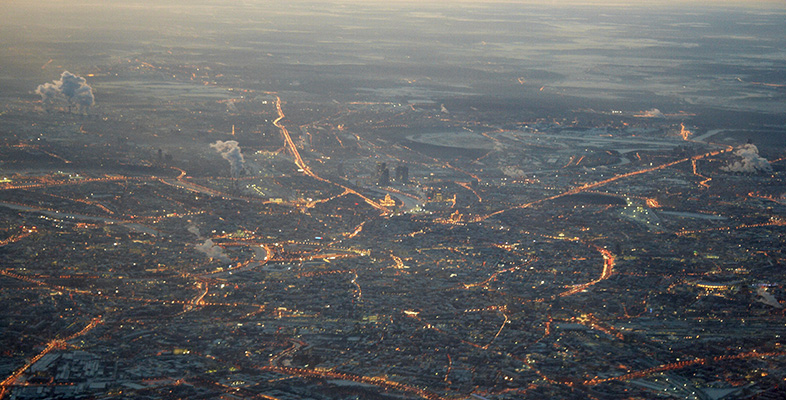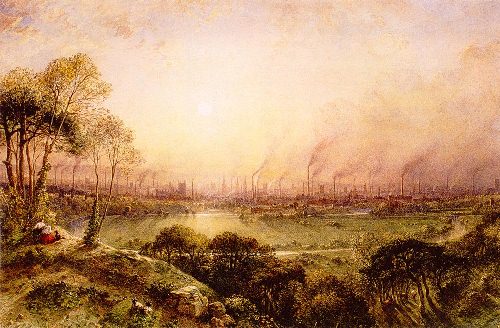12.1 Health and safety
Environmental management covers a diverse historical tradition of management types and responses by organisations – each with a particular framing. There can be few organisations in history that, at some time or another, have not had to address aspects of environmental management, although it is unlikely to have been framed or described in that way until very recently.
It is only since the industrial revolution that pollution outputs from economic activity have begun to outstrip the natural absorption capacity of the local environment and affect human health on a national and international scale. In the UK, release of greenhouse gases from fossil fuel combustion started to increase from about the 1750s.
One response to the growing industrialisation in the UK was the Factories Act 1833, which was intended to create better conditions for working children by stipulating working time and provision of education. In doing so, the Act concretised the earliest formal ideas relating to health and safety and improving the working (if not the wider living) environment within organisations. This limited framing of environmental management as health and safety was a start, but for mill and factory owners (with notable exceptions of social reformers), the environmental aspect of their responsibilities stopped at the factory gate – a particular, if not unsurprising, boundary choice suggesting very different concepts of environment.
But not everyone accepted this limitation of responsibility easily. The divorcing of organisations from their localities was recognised by social reformers who saw little distinction between the factory mill and the wider environment. Charles Dickens’ Bleak house (first published in 1852) gives a compelling account of the wider environment of the time:
Smoke lowering down from chimney-pots, making a soft black drizzle, with flakes of soot in it as big as full-grown snow-flakes – gone into mourning, one might imagine, for the death of the sun. … Fog everywhere. Fog up the river, where it flows among green aits and meadows; fog down the river, where it rolls defiled among the tiers of shipping and the waterside pollutions of a great (and dirty) city. Fog on the Essex marshes, fog on the Kentish heights.
‘Aits’ are islands in a river. This extract describes a polluted environment irrespective of boundaries. Dickens’ famous description of Manchester as ‘Coke town’ in Hard times (first published in 1854) presents an even darker view of growing urbanisation:
It was a town of red brick or of brick that would have been red if the smoke and ashes had allowed it; but, as matters stood it was a town of unnatural red and black.
Figure 19 of Dickens’ contemporary Manchester by William Wylde presents these somewhat diverging views of industrialisation. The rural idyll is the preferred perspective of the painter. Is the industry on the horizon encroaching or in balance with the rural? While images (as any kind of diagram) are open to interpretation, it’s important to be aware that then, as now, industrialisation was seen by governments and business leaders as economic, social and cultural progress. It was part of the ongoing efforts to tame or control ‘wild’ nature, modernise towns and cities, and create wealth through production, and a natural extension of the agricultural revolution. If nothing else, the image conveys a sense in which the scale of industrialisation was changing the landscape and environment of whole cities and regions. The shift in the scale and pace of industrial activity prompted concerns about public health.

